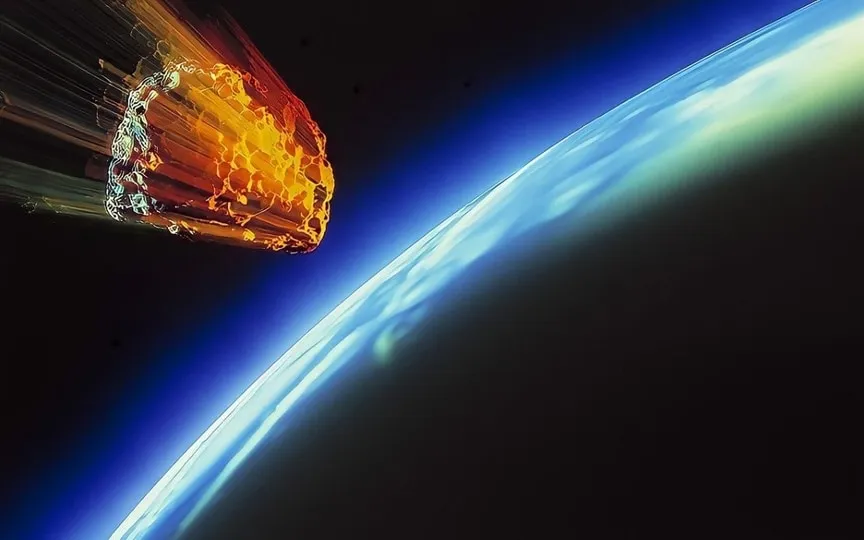NASA Warns of Asteroid Heading Towards Earth: Check Speed and Distance of Approach
Over the last ten years, there have been multiple instances where asteroids came close to causing significant damage. Although none of these incidents were catastrophic enough to eradicate life on Earth, they did leave a lasting impact on the surface, serving as a stark reminder of their destructive capabilities. One such event occurred in 2013 when a relatively small asteroid, measuring only 59 feet in width, approached Chelyabinsk in Russia at an astonishing speed of 65000 kilometers per hour before exploding above the city. Despite not causing any fatalities, this incident resulted in approximately 1400 injuries and inflicted damage upon more than 7000 buildings.
Thanks to such close calls, NASA, ESA and other space agencies have developed technology to track asteroids in their orbits and even deflect them as a possible collision scenario develops. Using this advanced technology, NASA has now revealed details of an asteroid that will come close to Earth today.
Asteroid 2023 QG4
The asteroid, named Asteroid 2023 QG4, is heading towards Earth and may make its closest approach to the planet today, August 25. NASA revealed these shocking details after tracking the asteroid’s orbit using its various satellites as well as space and ground. based telescopes. According to the details, Asteroid 2023 QG4 is expected to make its closest approach to the planet at a distance of 2.5 million kilometers and at an astonishing speed of 86,530 kilometers per hour, which is even faster than NASA’s Voyager 1 probe launched in 2023. 1977 to explore the outer solar system and interstellar space.
This space rock belongs to the Apollo group of Near-Earth Asteroids, which are space rocks that pass through the Earth and whose semi-major axes are larger than the Earth’s axis. These asteroids are named after the huge 1862 Apollo asteroid discovered by German astronomer Karl Reinmuth in the 1930s.
How big is it?
Asteroid 2023 QG4 is nearly 340 feet across, which is not large enough to cause a catastrophe, so it is not classified as a potentially hazardous object. In terms of its size, it can be compared to a building.
It is almost the same size as the Tunguska asteroid, which is the Yeniseysk governor in Russia. It destroyed almost 2150 square kilometers of forest area and made land. The resulting explosion measured almost 12 megatons.
David Morrison, a planetary scientist at NASA Ames Research Center, called this event “the greatest cosmic event ever witnessed by humans.”




